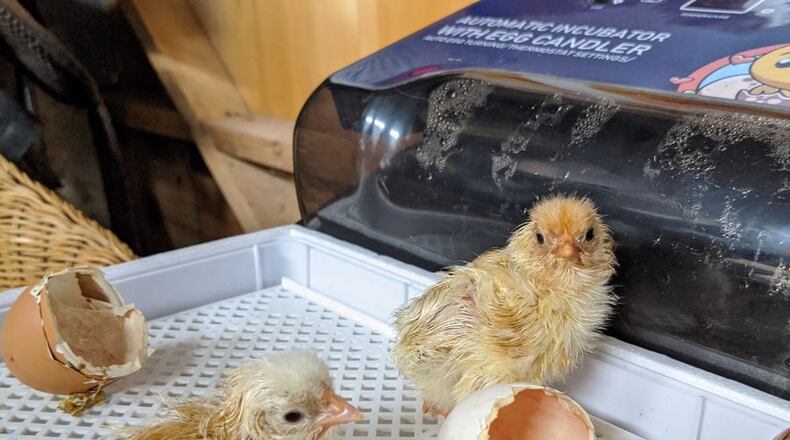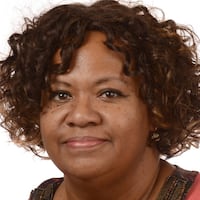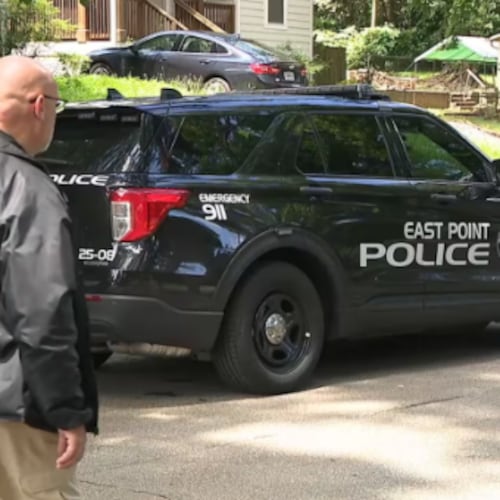Even in our world of fast food and high-speed online connections, some things in nature still can’t be rushed, as students at High Meadows, a private International Baccalaureate school in Roswell, have learned.
Just before the state mandate that made school instruction online-only, students in Coral Dannelly’s avian embryology class had hatched about half a dozen baby chickens. The class teaches these students about the incubation process, candling (viewing the embryo inside the egg with a special light), and caring for the chicks once they hatch.
“The class is part of the barnyard community,” said Dannelly. We also have four horses, five rabbits, a pot-bellied pig, two sheep and a goat.”
The students were each assigned a baby chick to mother. Then coronavirus intervened and while some students got to see their chick hatch, some did not. Amelia Peterson was one of the lucky ones.
“I want to be a veterinarian so this was a good class for me,” said the sixth grader. “We don’t have a rooster, so we got fertilized eggs from a teacher who has a farm. We put an ‘X’ on the shell so we’d know what side was close to the light in the incubator. We have to turn them since there is no mother hen to do it.”
Related story: Program teaches children to be civic-minded
Related story: Gwinnett facility helps students nurture desire to doctor animals
Students can see the stages as the embryos grow into fully-developed birds.
The students charted the eggs daily to make sure they were thriving. If one loses too much weight, that means the conditions aren’t humid enough. If the temperature is too cold, the eggs won’t develop; too hot and they’ll start to cook. The children learn the ideal conditions and adjust the environment.
They had about week before the quarantine interrupted the hands-on learning. But Dannelly keeps up the lessons and provides periodic updates on the care and feeding of the chicks by way of the internet. She’s used her experience as a former zookeeper to show students how to be keeper-trainers.
“This is a very multifaceted class,” she said. “There’s a lot of math involved and students sharpen their observation skills. Besides learning about caring for animals, students get to see up close that the food chain doesn’t begin at the grocery store.”
Although the children aren’t present, Dannelly is giving them almost daily updates on their chicks’ progress through video and pictures. Another teacher had been taking the chicks home each night, but now they are old enough to be living at the barnyard round the clock.
Dannelly is also posting animal training session videos, showing the force-free method she learned as a zookeeper. Not forcing their participation allows for a more stress-free relationship with the animals, even farm animals. Dannelly has trained a horse to paint on a canvas, a pot-bellied pig to run an obstacle course, and chickens to jump through a hoop. It’s been a great learning tool for the younger students (up to 5th grade), she said.
“As a progressive school, we focus on inquiry-driven instruction where students learn by doing and asking,” said Laura Nicholson, High Meadows’ director of admission and enrollment. “It’s more labor-intensive for teachers, but the lessons aren’t divided by isolated subjects like math and reading. Instead of a half-hour of science a day, the student may have a six-week course on DNA that encompasses math equations, vocabulary, etc.
“We’re on 42 acres and incorporate a farm environment with gardening, ponies, composting, etc.” she said.“Besides being a beautiful setting, it teaches lots of life lessons.”
About the Author
Keep Reading
The Latest
Featured




